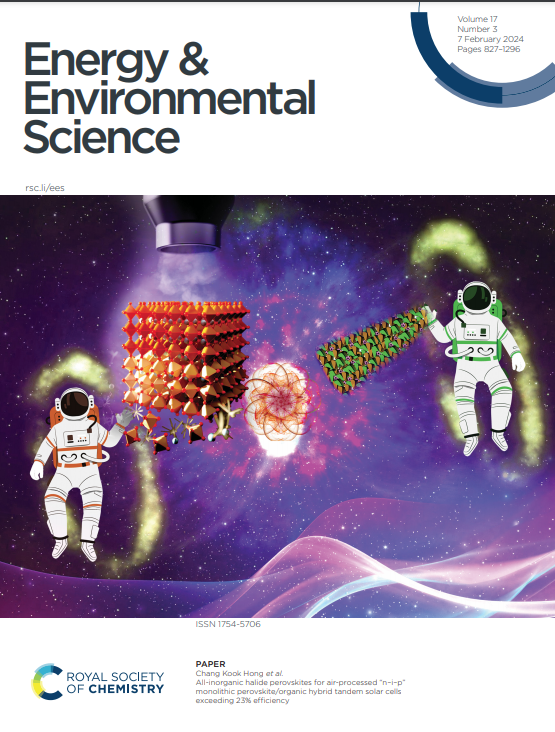A Review on Organic Nanoparticle-based Optoelectronic Devices: From Synthesis to Applications
IF 32.4
1区 材料科学
Q1 CHEMISTRY, MULTIDISCIPLINARY
引用次数: 0
Abstract
Over the past decades, organic optoelectronic devices have shown broad application prospects. Due to the solubility property of organic materials, the use of toxic solvent obstacles the device fabrication processing in the air environment. Common approaches such as exploring non-halogenated solvents or side-chain modification do not address the root of the problem. With the increasing attention of the subject of nanoparticles, dispersing organic materials as nanoparticles in non-toxic water/alcohol solvents provides a perfect and universally applicable solution to address the toxicity problem. In addition, the unique properties of nanoparticles can provide new ideas for the optimization and tuning of organic optoelectronic devices. In this review, we present an up-to-date overview of water/alcohol-based organic nanoparticles applied in optoelectronic devices, encompassing the entire journey from nanoparticles to practical applications, partitioned into three vital segments: from organic semiconducting materials to nanoparticles, organic thin films, and finally device applications.基于有机纳米粒子的光电器件综述:从合成到应用
过去几十年来,有机光电器件展现出广阔的应用前景。由于有机材料的溶解特性,有毒溶剂的使用阻碍了空气环境中的器件制造加工。探索无卤溶剂或侧链改性等常见方法并不能从根本上解决问题。随着人们对纳米粒子这一主题的日益关注,在无毒的水/酒精溶剂中分散有机材料作为纳米粒子,为解决毒性问题提供了一个完美且普遍适用的解决方案。此外,纳米粒子的独特性质也为有机光电器件的优化和调整提供了新思路。在这篇综述中,我们介绍了应用于光电器件的水/醇基有机纳米粒子的最新概况,涵盖了从纳米粒子到实际应用的整个过程,分为三个重要部分:从有机半导体材料到纳米粒子、有机薄膜,以及最后的器件应用。
本文章由计算机程序翻译,如有差异,请以英文原文为准。
求助全文
约1分钟内获得全文
求助全文
来源期刊

Energy & Environmental Science
化学-工程:化工
CiteScore
50.50
自引率
2.20%
发文量
349
审稿时长
2.2 months
期刊介绍:
Energy & Environmental Science, a peer-reviewed scientific journal, publishes original research and review articles covering interdisciplinary topics in the (bio)chemical and (bio)physical sciences, as well as chemical engineering disciplines. Published monthly by the Royal Society of Chemistry (RSC), a not-for-profit publisher, Energy & Environmental Science is recognized as a leading journal. It boasts an impressive impact factor of 8.500 as of 2009, ranking 8th among 140 journals in the category "Chemistry, Multidisciplinary," second among 71 journals in "Energy & Fuels," second among 128 journals in "Engineering, Chemical," and first among 181 scientific journals in "Environmental Sciences."
Energy & Environmental Science publishes various types of articles, including Research Papers (original scientific work), Review Articles, Perspectives, and Minireviews (feature review-type articles of broad interest), Communications (original scientific work of an urgent nature), Opinions (personal, often speculative viewpoints or hypotheses on current topics), and Analysis Articles (in-depth examination of energy-related issues).
 求助内容:
求助内容: 应助结果提醒方式:
应助结果提醒方式:


